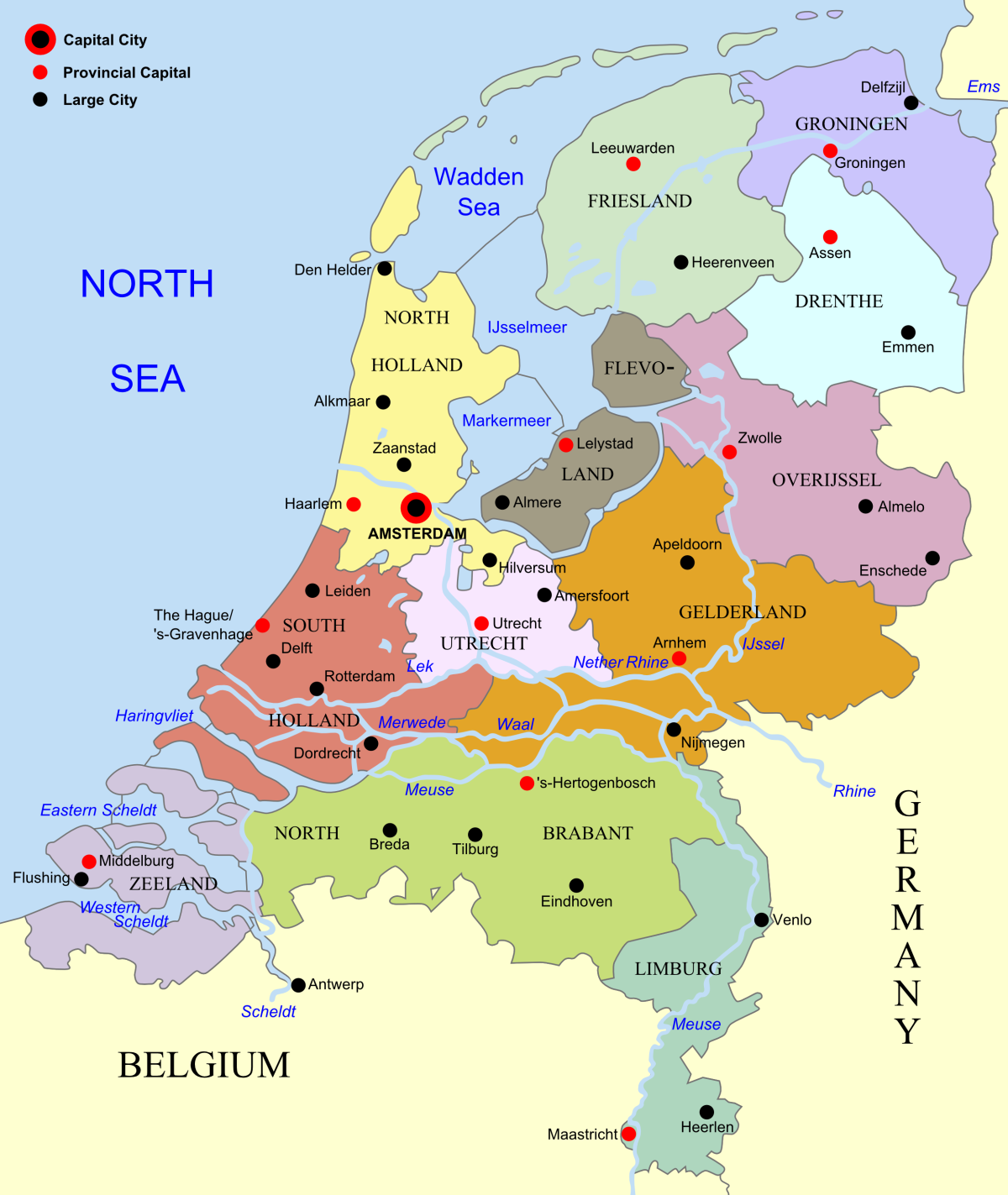 The Polaroid factory in Enschede closed last year. The workers at Impossible hope to restart production next year. Photo R.R.
The Polaroid factory in Enschede closed last year. The workers at Impossible hope to restart production next year. Photo R.R. Laid-off workers to revive old Polaroid factory
Published: 9 June 2009 16:04 | Changed: 10 June 2009 14:26
By Annette Toonen
Together they have put in more than three-hundred years of work at the Polaroid factory in the Dutch town of Enschede, until it was closed last year. Now, ten laid-off Polaroid workers have set up a new company: Impossible. They have already bought part of the old Polaroid machinery and they have rented part of the former factory in Enschede. Their goal: to revive instant photography.
For decades, Polaroid cameras were both a practical tool and a cult object. But digital cameras could do what Polaroid did much better and much cheaper, and the Polaroid corporation stopped making Polaroid cameras in 2007. Polaroid film was discontinued in December 2008, rendering all existing Polaroid cameras useless and a lot of Polaroid aficionados desperate. (The company's assets and the brand name were sold to the private equity firm Patriarch Partners last April.)
'Young dogs'
By the time the Polaroid factory in Enschede closed in June 2008, it had produced 1.5 billion packs of film since it opened in 1965. In its heyday, the factory employed more than 1,200 people. Nico Dikken worked there for 35 years, Martin Steinmeyer for 23 and Dick Koopmans for 30.
In fact, all the employees at Impossible are over fifty. But the challenge of starting up a new instant film company has turned them into "young dogs" again, they say. "Near the end, Polaroid was all about dismantling. Now we're building something again. It's a lot more fun."
The factory still looks abandoned. Only a handful of cars are parked outside; there is no receptionist, no secretary. But in one of the buildings, eleven men are trying to accomplish what the management of Polaroid decided was "impossible"; hence the company name. The eleven - ten former Polaroid workers and a newly-hired one - firmly believe that it is possible to produce instant film again, even on a small scale.
The idea for Impossible came from Florian Kaps, a 39-year-old Austrian entrepreneur and Polaroid enthusiast who is now Impossible's marketing manager. Kaps already sells left-over Polaroid packs online. He also runs the website Polanoid.net, which aims to build "the biggest Polaroid-picture-collection of the planet to celebrate the magic of instant photography".
In the nineties, Kaps was involved in restarting production in Russia of the quaint Lomo camera, another cult object. "You can only sell a product if you really believe in it," he says. "Polaroid is a magical product. The picture appears instantly; it is developed as you hold it in your hand."
And as it develops, you can still manipulate it - by scratching it, for instance, says operational manager Dick Koopmans, himself a former Polaroid employee. "That makes the product uniquely attractive to artists. What's more, every photo is unique. You can't make another print."
10 million packs per year
One such artist is photographer David van 't Veen from Enschede. He thinks it's "super" that instant film might soon be available again. Van 't Veen is a "Polaroid photographer" and his artistic production has more or less ceased to exist since Polaroid stopped making the film. "I don't feel like switching to digital photography," he says. "These days anyone can take a picture and photoshop it until it looks decent."
But there are still many obstacles. The paper and batteries used in the old Polaroid packs are no longer available; they were made at the factory with machines that no longer exist, says Koopmans. The challenge is to find a negative, a developer, a positive and a battery that can do the same thing. "In a way we are reinventing the product all over again."
Impossible is hoping to start production in the first quarter of 2010, with an initial target of 1 million packs per year. They're undaunted by the fact that production of Polaroid cameras stopped in 2006.
"There's still plenty of them in use all over the world," says Koopmans. "And spare parts are still available so that's not a problem. We are aiming for 10 million packs per year."









































No comments:
Post a Comment